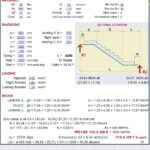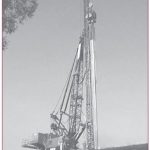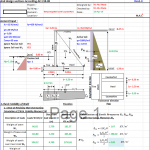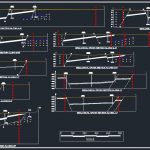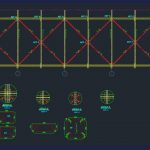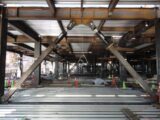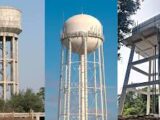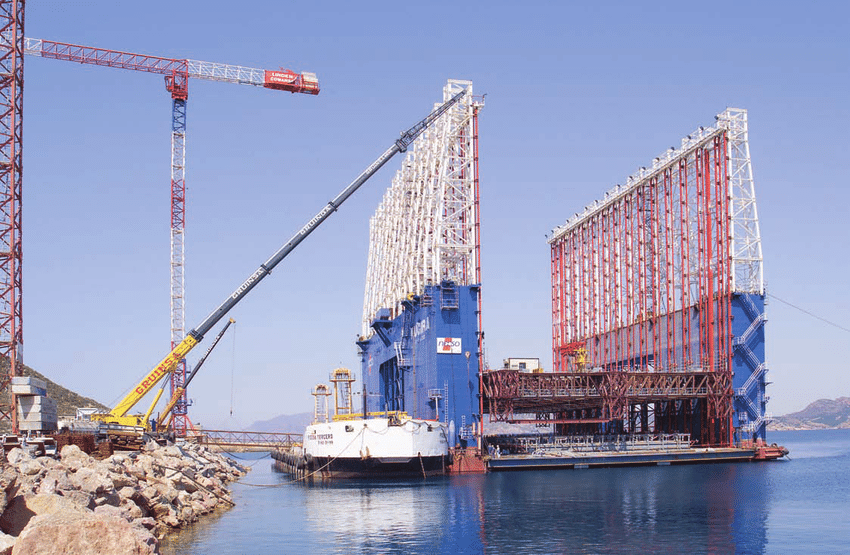
What are Floating Caissons? Advantages and Applications
27 May 2024Table of Contents
What are Floating Caissons? Advantages and Applications
Floating caissons are an essential innovation in marine construction, providing robust and reliable solutions for building underwater foundations. Used extensively for docks, piers, bridges, and offshore structures, floating caissons are large, watertight chambers that can be floated to the desired location and then sunk into place. This article delves into the various aspects of floating caissons, highlighting their advantages, applications, and the technology behind their construction.
What are Floating Caissons?
Floating caissons, also known as floating cofferdams, are prefabricated hollow structures typically made of reinforced concrete or steel. These caissons are floated to the construction site and then gradually filled with water or other ballast materials to sink them into position. Once in place, they provide a dry working environment for the construction of foundations and other substructures.
Types of Floating Caissons
- Open Caissons: These are simple, box-like structures open at the top and bottom. They are floated to the site and sunk into position, where the excavation continues through the open bottom until the caisson reaches the desired depth.
- Box Caissons: These are closed at the bottom and open at the top. Box caissons are floated into position and sunk by filling them with ballast. They are then filled with concrete to create a solid foundation.
- Pneumatic Caissons: These are similar to open caissons but include an airtight working chamber at the bottom. Compressed air is used to keep water out of the working area, allowing for excavation and construction in dry conditions even below the water table.
Advantages of Floating Caissons
- Versatility: Floating caissons can be used in a wide range of marine construction projects, from small docks to large offshore platforms. Their adaptability makes them a go-to solution for various underwater construction needs.
- Ease of Installation: Prefabricated offsite, floating caissons can be transported to the construction site and installed with relative ease. This reduces on-site construction time and minimizes environmental disruption.
- Cost-Effectiveness: By reducing the need for extensive underwater excavation and complex temporary structures, floating caissons offer a cost-effective solution for creating robust foundations.
- Durability: Constructed from reinforced concrete or steel, floating caissons provide long-lasting, durable foundations that can withstand harsh marine environments.
- Environmental Impact: Floating caissons can be installed with minimal disturbance to the seabed and surrounding marine ecosystems, making them a more environmentally friendly option compared to traditional methods.
Applications of Floating Caissons
- Bridge Foundations: Floating caissons are widely used for constructing bridge piers in deep water. Their ability to provide a stable, dry working environment is crucial for the safe and efficient construction of bridge supports.
- Harbors and Docks: Caissons are ideal for creating sturdy foundations for docks, wharves, and other harbor structures. They offer the strength needed to support heavy loads and withstand marine conditions.
- Offshore Structures: In the oil and gas industry, floating caissons are used for the foundations of offshore platforms. Their robustness ensures the stability of these critical structures.
- Seawalls and Breakwaters: Floating caissons are also employed in the construction of seawalls and breakwaters, providing essential coastal protection against erosion and storm surges.
Construction Process of Floating Caissons
- Design and Prefabrication: The design of floating caissons is tailored to the specific requirements of the project. They are prefabricated in a controlled environment, ensuring high quality and precision.
- Transportation: Once completed, the caissons are floated to the construction site using tugboats or other means of marine transport.
- Positioning and Sinking: At the site, the caissons are carefully positioned and gradually filled with water or ballast to sink them into place. Precision is key to ensure they are correctly aligned and at the desired depth.
- Final Construction: After sinking, the caissons may be filled with concrete or other materials to complete the foundation. Any additional construction work, such as building piers or supports, is carried out within the dry environment provided by the caisson.
Conclusion
Floating caissons represent a revolutionary advancement in marine construction, offering a versatile, cost-effective, and environmentally friendly solution for underwater foundations. Their ease of installation, durability, and wide range of applications make them an indispensable tool in modern civil engineering projects. As technology and materials continue to improve, the use of floating caissons is likely to expand, further enhancing their role in building the infrastructure of the future.
By understanding the benefits and applications of floating caissons, engineers and construction professionals can make informed decisions to ensure the success and longevity of their marine projects. Whether for bridge foundations, offshore platforms, or harbor structures, floating caissons are a cornerstone of effective and efficient underwater construction.

